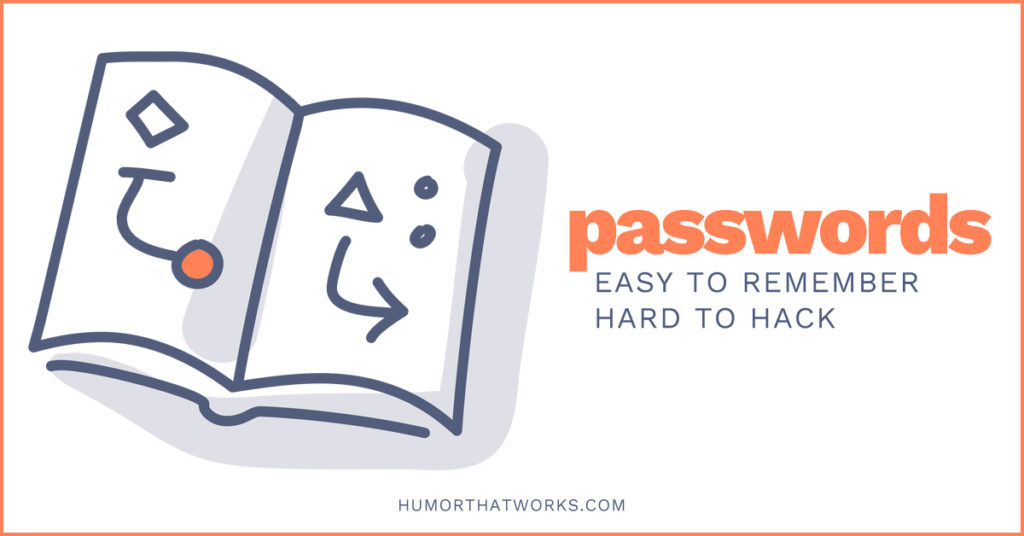Every 60 days or so, I go through the pain-staking process of changing my passwords at work. Between the various applications, websites, and logins I use, I tend to have to change 10+ passwords every time one of them expires (I like to keep all of mine synced up).
But ever since I started changing how I make my passwords, I now kind of like the process. Changing passwords is a chance for me to refresh, and a new opportunity for my fingers to learn a new pattern. If you want to create easy to remember, hard to hack, inspirational passwords, try out the following tips.
Speak Geek
Everyone suggests you use a combination of letters and numbers, but how do you still make it easy enough for you to remember? Speak in 1337 (or leet or computer geek-talk for those of you still not sure what I’m talking about). 1337 (pronounced “leet”) is the “art” of using numbers instead of letters – 1 = L, 3 = E, 7 = T, etc. (e.g. DREW = DR3W).
By using numbers in place of certain letters, you can still have an easy to remember password, but one that won’t show up in any dictionary. Though I don’t recommend it, even the word “password” becomes a strong password using geek talk: P@$$w0rd.
Use Acronyms
We use them every day, you might as well use them for your passwords. Take a sentence and use the first letter of each word to make your password. “Jack And Jill Ran Up The Hill” = JaJrupth. Now whenever you need to remember the letters of the password, just repeat the sentence in your head.
Even better, combine the first two tips and make a really tough password to crack, but easy to remember: “That Drew Guy Is Too Funny, For Sure” = TDgi2f4s.
Inspire Yourself
Using the idea of picking letters from a sentence, why not pick an inspirational quotes, or something that makes you laugh? You enter your password 10, 20, 50+? times a day. If you use an acronym, you’ll find yourself saying the whole sentence in your head each time you enter it–you might as well make it something that inspires you or makes you laugh.
For example, “Why Is 6 Afraid of 7?” = Wi6ao7b789 (the answer, btw, is because 7 8 (ate) 9).
Bonus Diversity
If you want to have different passwords for different sites (definitely smart for personal accounts), but still not go insane, you can apply this rule from Lifehacker.com–create a base password using the above method and then add on a piece of the name of application you are logging into.
A basic example for say your Amazon account could be P@$$AMA.





Wow creative ha
DONT speak geek. It’s technically a language and therefore has a dictionary to base cracking off of…
Super easy to crack.
But the rest of the article is very accurate and helpful.
this was helpful.
Pingback: 101 Ways to Create Humor at Work - DeepFUN — DeepFUN